Shoes for Kids with Spina Bifida – Supportive and Deep to Accommodate Your Child’s Orthoses!

Spina Bifida occurs when a baby’s spine doesn’t form normally. The most common issue with Spina Bifida is the partial or complete paralysis of the legs and feet. This is the most common reason why children with Spina Bifida need orthotics or ankle foot orthoses (AFOs) to be fitted inside their shoes. Some children might also need to wear specially designed shoes, and I am here to show you a selection of the best shoes for kids with Spina Bifida.
If you have a child that is dealing with Spina Bifida, you must find a pair of shoes to support and protect your kids’ feet and spine from injury as well.
No two children with Spina Bifida are exactly alike, since some children might have issues that are more severe than others. Some children with Spina Bifida can walk without any aids or assistance, while some others might need foot or leg braces, crutches, or wheelchairs.
The correct type of shoes and braces help support the child’s weak muscles and keep the feet and legs in the proper position for standing and walking. The shoes and the orthotics work together in improving your child’s posture and realigning your kids’ feet and legs. The goal is to increase your child’s function and independence.
What a Difference the Correct Pair of Shoes Can Make!
Let me show you what a difference the correct pair of shoes can make in improving your child’s overall posture, which starts from their feet.
The picture below shows a child wearing a pair of unsupportive shoes. Do you notice how the feet are turning inwards? This child might be flat-footed, have rolled ankles, low muscle tone, or might have a weak calf muscle.
Before Image

Now let’s take a look at a picture of the same child wearing a pair of supportive shoes. Do you notice how straighter the child’s feet look? This will improve your child’s overall posture and allow your child to walk and run straighter.
After Image
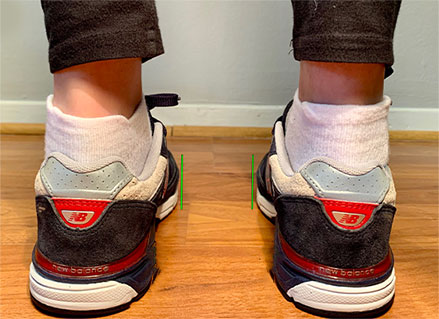
At the shoe store where I work, we carry some of the most supportive children’s shoes and orthotics and I will share with you my perspective on the best shoe brands for kids, and the best shoe styles among those brands, based on my experience.
Your physical therapist will work with your children and show you exercises to improve your child’s strength, flexibility, and movement. Children with Spina Bifida can develop blisters, calluses, and sores on their feet and ankles, but they won’t be able to tell their parents because they might not be able to feel certain parts of their bodies. This is the reason why you must always check your kids’ feet periodically.
The best way to prevent these foot conditions from happening is by providing your child with the correct pair of orthotics, shoes, and socks.
Has Your Child Been Fitted for a Pair of Orthotics?
Certain orthotics and AFOs are specifically designed to treat foot and leg disorders in children. They also help treat other foot and leg conditions such as low muscle tone, knock knees, or rolled ankles. Most children with Spina Bifida end up wearing an AFO, which is one of the most effective orthotics, but the downside is that there is a very small selection of shoes capable of accommodating an AFO.
There are different types of orthotics available to provide proper body alignment, help your child with balance, and decrease effort during walking. Which type of orthotic your child needs depends on what foot and leg conditions your child might have.
Your pediatrician or physical therapist will determine how much stability your child needs. Some children don’t need any orthotic intervention, but when children are trying to stand on their own and their lower limbs are not supporting them well, then they need to be fitted for an orthotic to provide them with extra strength.
I Can Help You Find the Perfect Pair of Shoes for Your Child’s Orthotics
Finding a pair of shoes to accommodate your child’s orthotics can be an extremely frustrating and time-consuming experience, especially if you don’t know what shoes to look for. I have been contacted by several parents who returned to their homes practically in tears a few times and felt defeated because they couldn’t find a single pair of shoes to fit over their child’s AFOs.
Who knew that buying shoes for your kids could be such an emotional experience!?
Before I provide you with a selection of the best shoes for kids with Spina Bifida, let me first show you what features the shoes I recommend provide.
Shoes for Spina Bifida – The 5 Most Important Features!
1️⃣ Extra Depth: Since most children with Spina Bifida need to wear orthotics inside their shoes, shoes with extra depth prevent children from getting the impression that their feet are coming out of the shoes when they walk. Shoes with extra depth also help prevent the top part of your kids’ feet from rubbing against the top part of the shoes.
Let me show you the difference between a pair of shoes that provides extra depth versus one that doesn’t. For better visualization purposes, there is an orthotic fitted inside the shoes. Do you notice how the orthotic is sitting much deeper in the New Balance shoe (image on the right) compared to the See Kai Run one (image on the left)?
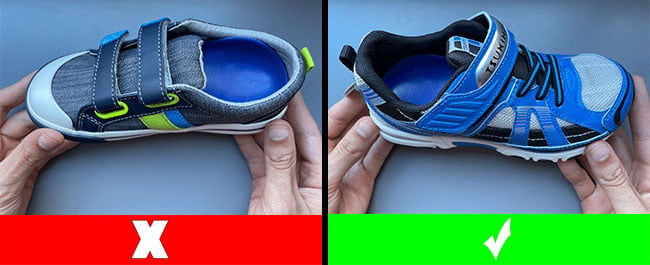
2️⃣ Rounder Toe-Boxes: This feature helps prevent your child’s toes from overlapping one another or rubbing against the side of the shoes. Shoes that come with rounder toe-boxes help prevent your child’s orthotics from poking a hole in the front of your kids’ shoes.

3️⃣ Oversized Openings: This feature helps prevent you from having to shove your child’s foot in the shoes every time you have to put your kids’ shoes on.

4️⃣ Substantial Outsoles: This feature holds the orthotic in place and also attenuates the impact that your kids’ feet and legs take every time they come in contact with the ground.
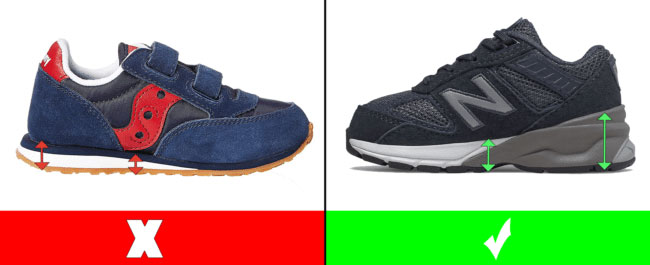
5️⃣ Firm Heel Counters: This part of the shoe provides ankle support. The heel counter of your kids’ shoes must be firm for the orthotic or AFO to work in your kids’ shoes. Below is where the heel counter of the shoe is located:

Whether your child can walk or needs to use a wheelchair, protecting your child’s feet is very important, especially if they have nerve damage.
Now that you know what features your kids’ shoes must provide to provide good support to your kids’ feet and accommodate an orthotic, you are ready to take a look at a selection of the best shoes for kids with Spina Bifida.
I only write reviews of shoes that I have fitted before, so I can personally assess how well-made they are, the amount of support that they provide, and how well they fit. Disclosure: Some links in this post may be affiliate links and we may receive a small commission (at no extra cost to you) when you click our links and make purchases.
The Best Shoes for Kids with Spina Bifida
Below you can find a selection of the best shoes for kids with Spina Bifida.
- The New Balance shoe style 990V6 is available for toddlers, little, and big kids
- Available in laces and velcro
- Fits children with medium, wide, or extra wide feet
- Suede/mesh upper provides durability and breathability
- Order this shoe half a size larger than your toddler’s current foot size
- The New Balance shoe style 990V6 is available for toddlers, little, and big kids
- Available in laces and velcro
- Fits children with medium, wide, or extra wide feet
- Synthetic/mesh upper provides durability and breathability
- Order this shoe half a size larger than your toddler’s current foot size
- The Stride Rite shoe style Elliot is available for toddlers
- Lace-up closure
- Fits toddlers with medium, wide, or extra wide feet
- 100% leather made
- Order this shoe half a size larger than your toddler’s current foot size
- The Stride Rite shoe style Emilia is available for toddlers
- Lace-up closure
- Fits toddlers with medium, wide, or extra wide feet
- 100% leather made
- Order this shoe a whole size larger than your toddler’s current foot size
- The Timberland shoe style Tracks is available for toddlers
- Double velcro straps
- Fits toddlers with medium or wide feet
- Water-friendly
- Order this shoe a whole size larger than your toddler’s current foot size
- The New Balance shoe style 574 is available for toddlers
- Available in velcro and laces
- Fits children with medium, wide, or extra wide feet
- Synthetic/mesh upper provides durability and breathability
- Order this shoe a whole size larger than your toddler’s current foot size
- The New Balance shoe style 990V6 is available for toddlers, little, and big kids
- Available in velcro and laces
- Fits children with medium, wide, or extra wide feet
- Synthetic/mesh upper provides durability and breathability
- Order this shoe a half size larger than your toddler’s current foot size
- The Memo shoe style Gabi is available for toddlers and little kids
- Double velcro straps
- Fits children with medium or wide feet
- Genuine leather and breathable mesh
- Thermoplastic asymmetric stiff heel counter for proper feet protection and stabilization
- Order this shoe half a size larger than your toddler’s current foot size
- The Memo shoe style Gabi is available for toddlers and little kids
- Double velcro straps
- Fits children with medium or wide feet
- Genuine leather and breathable mesh
- Thermoplastic asymmetric stiff heel counter for proper feet protection and stabilization
- Order this shoe half a size larger than your toddler’s current foot size
- The Saucony shoe style Cohesion is available for toddlers
- Velcro closure
- Fits toddlers with medium or wide feet
- Heel grid system for stable cushioning
- Compression molded EVA footbed for comfort
- Order this shoe a whole size larger than your toddler’s current foot size
- The Timberland shoe style Bootie fits toddlers and little kids
- Double velcro straps
- Fits children with medium or wide feet
- Padded collar for a comfortable fit around the ankle
- Water-friendly
- Order this shoe a whole size larger than your toddler’s current foot size
- The Memo shoe style Princessa fits toddlers and little kids
- Double velcro straps
- Fits children with medium or wide feet
- This is an ORTHOPEDIC shoe
- Rigid heel counter
- Order this shoe half a size larger than your toddler’s current foot size
- The Saucony shoe style Cohesion KDZ is available for little and big kids
- Velcro closure
- Fits children with medium and wide feet
- Heel grid system for stable cushioning
- Compression molded EVA footbed for comfort
- Order this shoe a half size larger than your child’s current foot size
- The Saucony shoe style Cohesion KDZ is available for little and big kids
- Velcro closure
- Fits children with medium and wide feet
- Synthetic and mesh upper
- Heel grid system for stable cushioning
- Order this shoe half a size larger than your child’s current foot size
- The New Balance shoe style Fresh Foam 650 is available for little and big kids
- Fits children with medium, wide, or extra wide feet
- Velcro closure
- ABZORB midsole absorbs impact through a combination of cushioning and compression resistance
- Mesh upper material features no-sew overlays for a sleek fit and feel
- Order this shoe half a size larger than your child’s current foot size
- The New Balance shoe style Fresh Foam Arishi v4 is available for little and big kids
- Fits children with medium, wide, or extra wide feet
- Velcro closure
- ABZORB midsole absorbs impact through a combination of cushioning and compression resistance
- Mesh upper material features no-sew overlays for a sleek fit and feel
- Order this shoe half a size larger than your child’s current foot size
- The New Balance shoe style 2002 is available for toddlers and little kids
- Available in laces
- Fits children with medium and wide feet
- Suede/mesh upper provides durability and breathability
- Order this shoe half a size larger than your toddler’s current foot size
- The New Balance shoe style 2002 is available for toddlers and little kids
- Available in laces
- Fits children with medium and wide feet
- Suede/mesh upper provides durability and breathability
- Order this shoe half a size larger than your toddler’s current foot size
- The New Balance shoe style Fresh Foam 650 is available for little and big kids
- Fits children with medium, wide, or extra wide feet
- Velcro closure
- Synthetic and engineered mesh upper
- Fresh Foam midsole cushioning is precision engineered to deliver an ultra-cushioned, lightweight ride
- Order this shoe a half size larger than your child’s current foot size
- The Memo shoe style Polo is available for little and big kids
- Triple velcro straps
- Fits children with medium or wide feet
- This is an orthopedic shoe
- Thermoplastic rigid heel counter
- Order this shoe a half size larger than your child’s current foot size
- The Memo shoe style Chicago is available for little and big kids
- Triple velcro straps
- Fits children with medium or wide feet
- This is an orthopedic shoe
- Thermoplastic rigid heel counter
- Order this shoe a half size larger than your child’s current foot size
- The New Balance shoe style Coco is available for little and big kids
- Lace-up closure
- Fits children with medium or wide feet
- NDurance rubber outsole technology provides superior durability in high-wear areas to help get more out of the shoes
- Order this shoe a half size larger than your child’s current foot size
- The Adidas shoe style Own the Game 2.0 is available for little and big kids
- Lace-up closure
- Fits children with medium or wide feet
- Supportive outsoles and firm heel counter
- Order this shoe a half size larger than your child’s current foot size
- The Adidas shoe style Cross Em Up Select is available for little kids
- Lace-up closure
- Fits children with medium or wide feet
- Non-marking outsole
- Order this shoe a whole larger than your child’s current foot size
- The Saucony shoe style Kinvara LTT is available for little and big kids
- Lace-up closure
- Fits children with medium or wide feet
- Cushioned footbed
- Order this shoe a whole size larger than your child’s current foot size
- The Saucony shoe style Shadow 6000 is available for little and big kids
- Lace-up closure
- Fits children with medium or wide feet
- Cushioned footbed
- Order this shoe half a size larger than your child’s current foot size
- The New Balance shoe style 574 is available for little and big kids
- Lace-up closure
- Fits children with medium or wide feet
- ENCAP midsole cushioning provides good arch and heel support
- Order this shoe half a size larger than your child’s current foot size
- The New Balance shoe style 327 is available for little and big kids
- Lace-up closure
- Fits children with medium or wide feet
- Suede and mesh upper
- Order this shoe a whole size larger than your child’s current foot size
- The New Balance shoe style Fresh Foam X 1080v13 is available for big kids
- Lace-up closure
- Fits children with medium or wide feet
- Suede and mesh upper
- Order this shoe half a size larger than your child’s current foot size
- The New Balance shoe style Fresh Foam X 1080v13 is available for big kids
- Lace-up closure
- Fits children with medium or wide feet
- Suede and mesh upper
- Order this shoe half a size larger than your child’s current foot size
Are Any Other Shoe Choices Available?
Do not hesitate to contact me directly at my e-mail if your child has narrow feet and needs a different selection of shoes. My e-mail address is:
Children with Spina Bifida are at greater risk of being overweight because they are less mobile than someone with normal leg function. All parents want their children to be able to run, explore, play, and have adventures.
I want to remind parents that walking is only one method for their kids of getting around. The most important factor is that your child becomes as independent as possible, no matter what method of mobility is used.
Please do not hesitate to contact me if you are having trouble finding a particular shoe to accommodate your child’s foot condition or particular foot shape, it’s highly likely that I have fitted it before and I will help you find it.
Have you found a particular shoe style that has worked well with your child’s AFOs? Please share your findings below so other parents can benefit from your experiences.

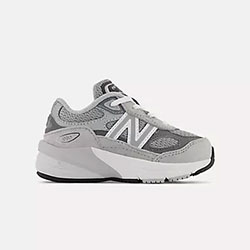

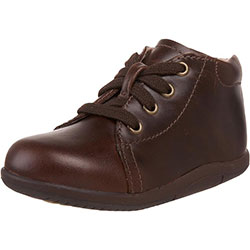

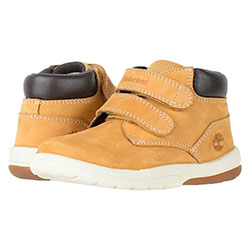
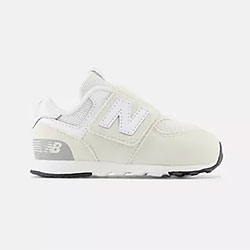
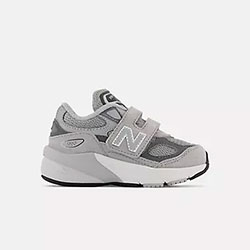

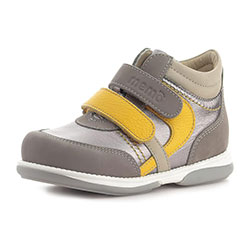
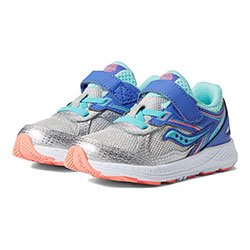
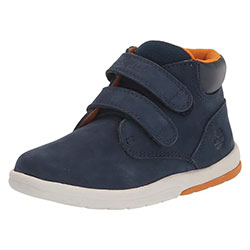
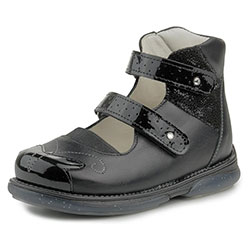




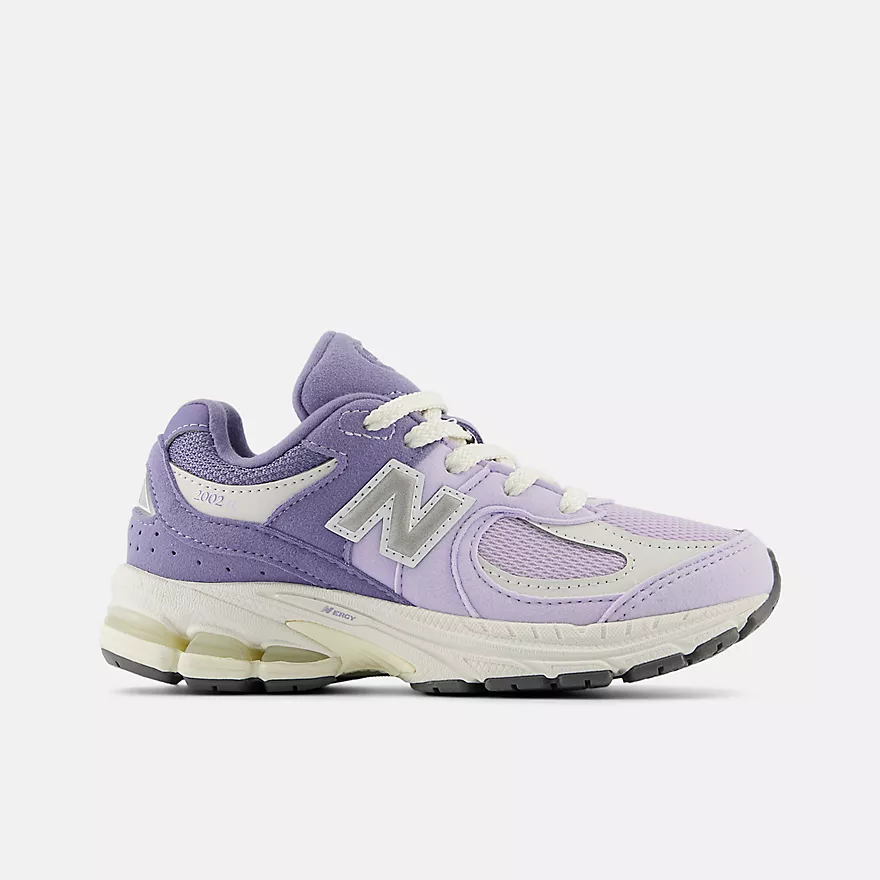
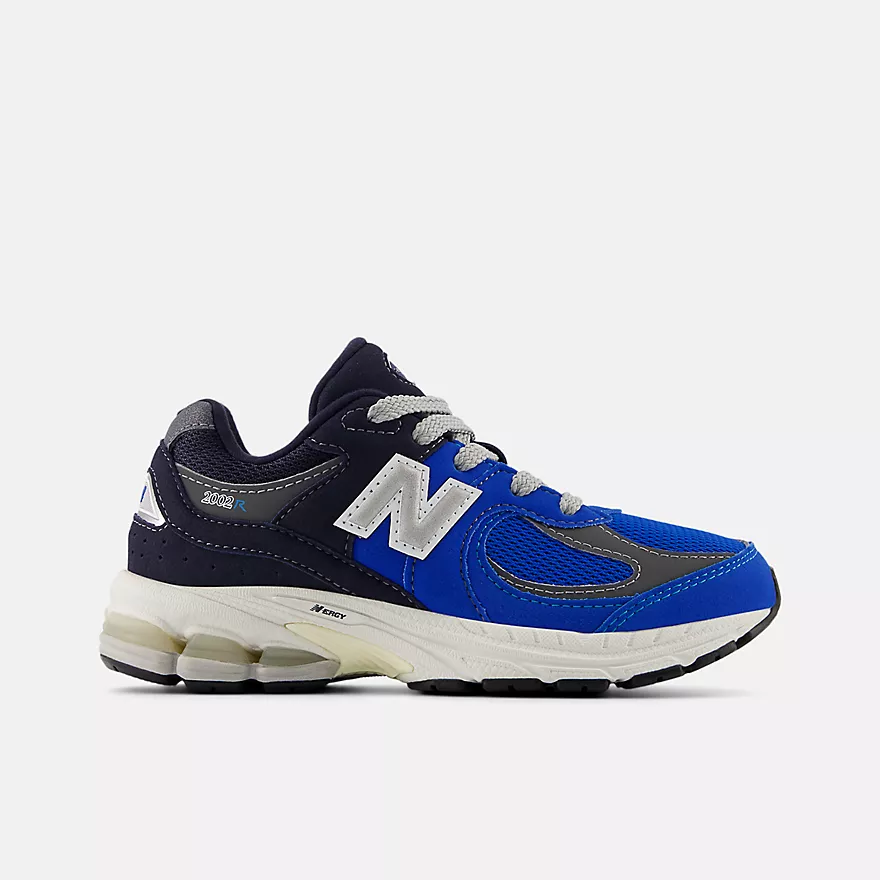

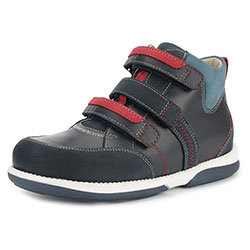
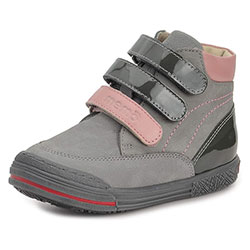
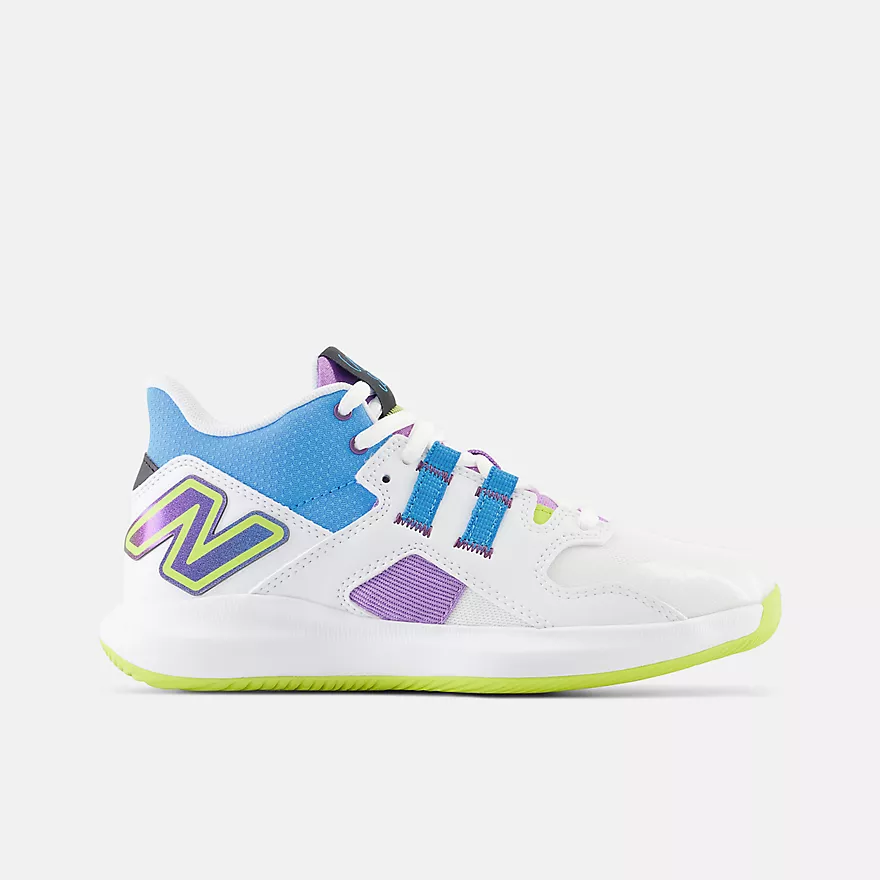
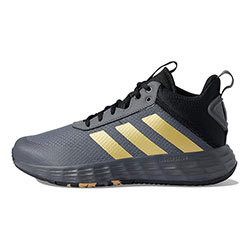
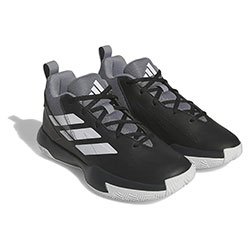






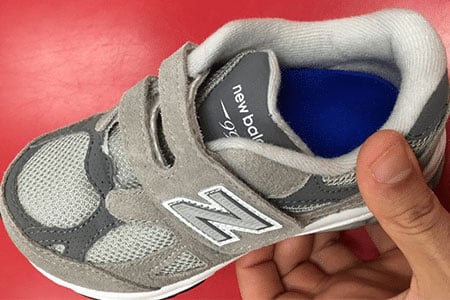

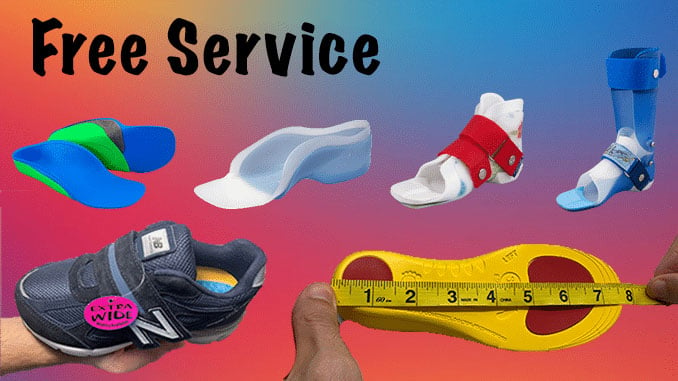
I am looking for a pair of winter boots for a student (boy) with spina bifida. I think he would take a size 4 in a boot. He cannot flex his foot, so he needs a boot that can open almost to the toe in order to get them on as well as a boot that offers support. Any suggestions?
Hello Pat,
There is a high top shoe that comes with a zipper that goes along the outside and around the toe, which allows the shoe to open up widely. This is not a waterproof boot, but it’s the only shoe that opens around the toes: Billy Shoe
There is an actual winter boot that comes with 3 velcro straps that will allow you to open the boot nice and wide: Keen Boot